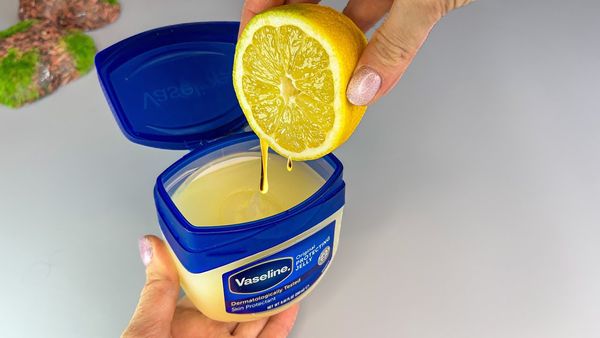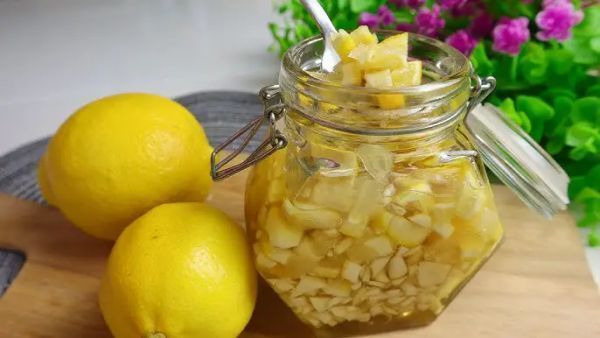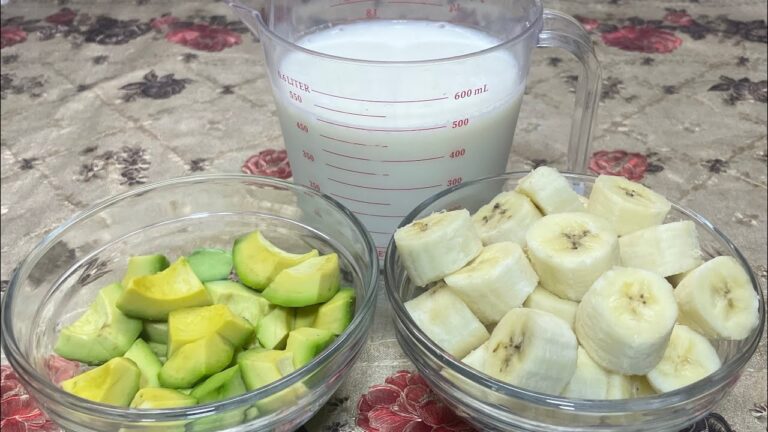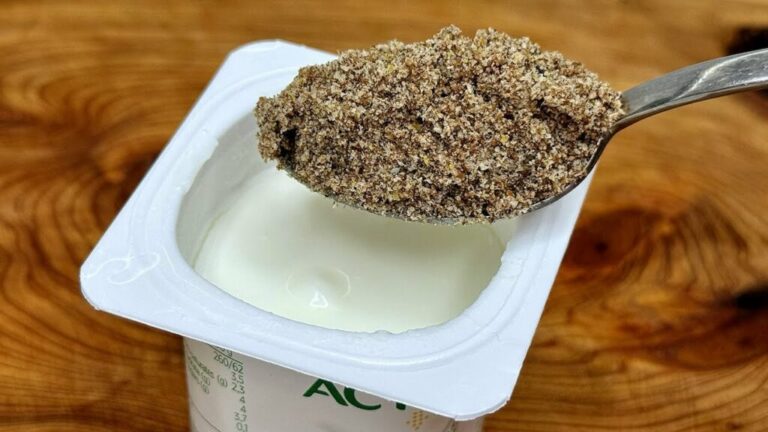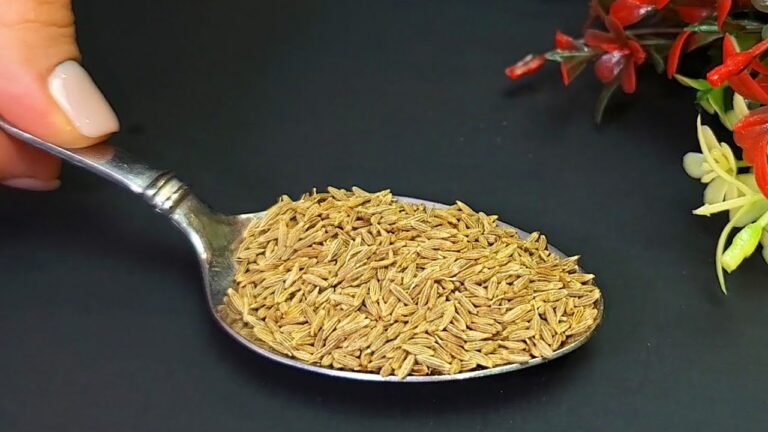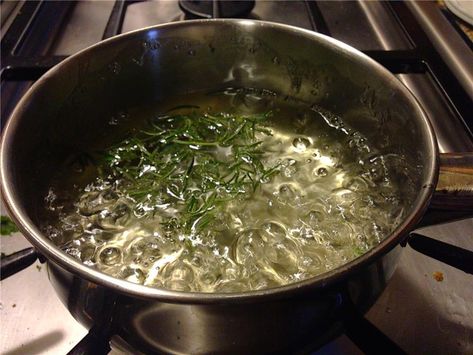Are you tired of pesky pests invading your home? Look no further than your medicine cabinet! Vicks VapoRub, the trusted remedy for colds and coughs, can also be an unconventional yet highly effective solution for deterring pests like mosquitoes, ants, flies, spiders, rodents, cockroaches, and gnats. With its strong menthol-based scent and oily consistency, Vicks creates a natural barrier that repels many unwanted critters. Let’s dive into how you can use Vicks VapoRub for pest control.
Why Vicks VapoRub Works
Vicks VapoRub works wonders against pests for three key reasons:
1. Strong Aroma: The powerful menthol and eucalyptus scent overwhelms the senses of insects and rodents, driving them away.
2. Non-Toxic Barrier: The greasy texture of Vicks makes it hard for crawling insects like ants and cockroaches to navigate through treated areas.
3. Eucalyptus Oil: This ingredient in Vicks has natural insect-repelling properties, making it effective against mosquitoes and flies.
How to Use Vicks VapoRub for Different Pests
1. Mosquitoes and Gnats
- Apply small dabs of Vicks VapoRub to your skin, especially on exposed areas like arms, legs, and neck. The menthol smell keeps mosquitoes and gnats at bay.
- Place open jars of Vicks in outdoor spaces, like patios, to deter flying pests.
2. Ants
- Spread a thin line of Vicks along windowsills, doorways, or anywhere ants are entering your home. The strong smell confuses their trail, forcing them to find a different route.
- Dab some Vicks near ant hills or directly onto the trail to disrupt their movement.
3. Flies
- Rub a small amount of Vicks on windows, door frames, or garbage lids. The scent discourages flies from lingering in these areas.
- Keep a jar of Vicks open in the kitchen or near fruit bowls to deter fruit flies.
4. Spiders
- Apply a thin layer of Vicks around corners, crevices, or under furniture where spiders are commonly found.
- For extra effectiveness, mix a small amount of Vicks with warm water in a spray bottle and mist spider-prone areas.
5. Rodents
- Place a small amount of Vicks on cotton balls and set them in areas where you’ve seen rodents or where they might enter, such as under sinks, near cabinets, or along walls.
- Replace the cotton balls every few days to keep the smell potent.
6. Cockroaches
- Dab Vicks along cracks, under sinks, and near drains where cockroaches are likely to roam. The menthol acts as a deterrent and prevents them from settling.
Additional Tips
- Combine with Essential Oils: For added effectiveness, mix Vicks with a few drops of essential oils like citronella, peppermint, or lavender, which also repel pests.
- Safe Application: Keep Vicks away from food preparation areas and surfaces where it might accidentally be ingested by pets or children.
- Reapply as Needed: The scent will fade over time, so remember to reapply every 2-3 days for continuous protection.
Why Choose Vicks for Pest Control?
Vicks VapoRub offers a quick, natural, and inexpensive alternative to chemical pesticides. It’s particularly useful for small infestations and works well as a preventive measure. While Vicks may not replace professional pest control for larger infestations, it’s a great hack to try for keeping your home pest-free.
Give this hack a shot and enjoy a fresher, pest-free home!


